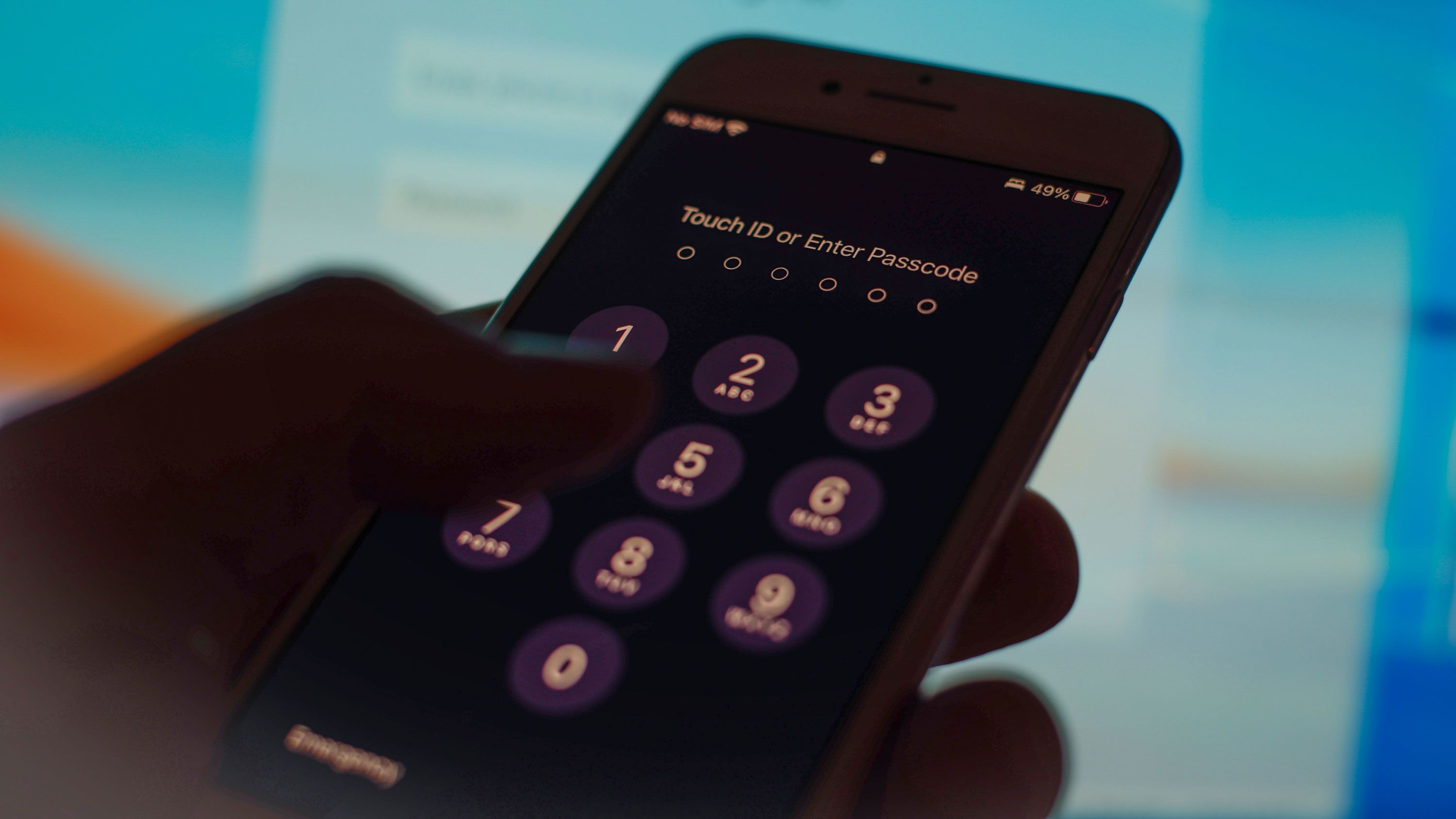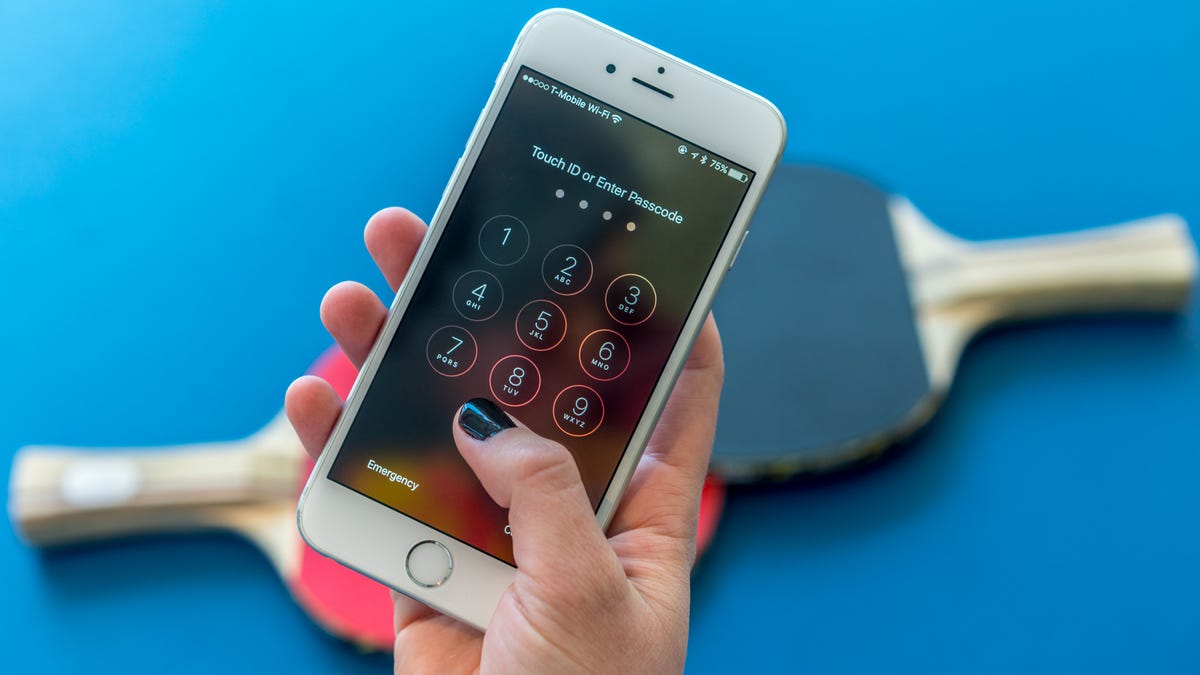Shielding Your iPhone from Infiltration: How to Safeguard Against Thieves Hijacking Your Device and Locking You Out

Shielding Your iPhone from Infiltration: How to Safeguard Against Thieves Hijacking Your Device and Locking You Out
In an era dominated by technology, our smartphones have become repositories of our most cherished memories, sensitive information, and digital lives. It is no surprise that malevolent actors are devising ever more cunning ways to compromise our digital security. A recent surge in iPhone thefts has brought to light a complex yet deeply concerning method employed by some thieves to gain control over users’ iPhones, effectively locking them out of their own devices. While this devious maneuver is not easy to execute, it underscores the importance of being vigilant about safeguarding your iPhone and personal data. This article explores the tactics employed by these thieves and offers practical steps that iPhone users can take to shield themselves from falling victim to such attacks.
Understanding the Intricate Theft Scheme
The method in question exploits a security feature known as the recovery key, making it exceedingly difficult for iPhone owners to access their photos, messages, and other critical data. Victims have even reported their bank accounts being drained after the thieves gained access to their financial apps. However, it’s essential to note that executing this takeover requires a level of subterfuge and physical access that makes it far from a common occurrence.
The process begins with the criminal either observing an iPhone user entering their passcode, typically by surreptitiously watching them in public spaces like bars or sporting events, or manipulating the device’s owner into divulging their passcode. Once the thief has acquired the passcode, they can proceed to change the device’s Apple ID, deactivate the “Find My iPhone” feature to prevent tracking, and reset the recovery key—a 28-digit code designed to protect against online hackers.

Apple has implemented the recovery key as an additional layer of security, requiring it to reset or regain access to an Apple ID. However, if a thief successfully alters the recovery key, the original owner will no longer have access to the new code, effectively locking them out of their own account.
An Apple spokesperson acknowledges the seriousness of such attacks, stating, “We sympathize with people who have had this experience, and we take all attacks on our users very seriously, no matter how rare.” The tech giant is committed to enhancing user account and data security continuously, acknowledging the need for more robust customer support options and alternative authentication methods to address emerging threats.

Protecting Your iPhone and Data
While Apple works on bolstering its security measures, iPhone users can take several proactive steps to protect themselves from falling victim to these sophisticated theft attempts.
1. Guard Your Passcode: The first line of defense is your passcode. Apple suggests using Face ID or Touch ID when unlocking your phone in public to prevent others from observing your passcode entry. Additionally, setting up a longer, alphanumeric passcode can make it significantly harder for malicious actors to guess. If you suspect someone may have seen your passcode, change it immediately.
2. Screen Time Secondary Password: While not officially endorsed by Apple, a workaround circulating online involves using the Screen Time setting to set up a secondary password. This secondary password would be required before anyone could change an Apple ID password. Enabling this option adds an extra layer of security by prompting a would-be thief to provide the secondary password before they can alter your Apple ID password.
3. Regularly Back Up Your iPhone: Regularly backing up your iPhone using iCloud or iTunes is a prudent practice. In the unfortunate event that your iPhone is stolen and locked, having a recent backup ensures you can recover your data when you regain access. Moreover, consider storing essential photos and sensitive files in alternative cloud services like Google Photos, Microsoft OneDrive, Amazon Photos, or Dropbox. While this may not prevent unauthorized access to your device, it can mitigate the extent of data loss in case of theft.

In conclusion, as technology evolves, so do the tactics employed by malicious actors seeking to compromise our digital lives. The recent surge in iPhone thefts targeting the recovery key underscores the need for iPhone users to remain vigilant and proactive in protecting their devices and data. While Apple continues to work on enhancing its security measures, adopting the practices outlined in this article can serve as a crucial defense against falling victim to these sophisticated theft attempts. By safeguarding your passcode, exploring additional security settings, and regularly backing up your device, you can significantly reduce the risk of losing access to your iPhone and the invaluable data it holds.
In this ever-connected world, where our smartphones are extensions of ourselves, the importance of digital security cannot be overstated. By taking these proactive steps, you empower yourself to continue enjoying the benefits of technology without succumbing to the nefarious schemes of would-be thieves. Remember, in the realm of digital security, vigilance and preparedness are your greatest allies.




